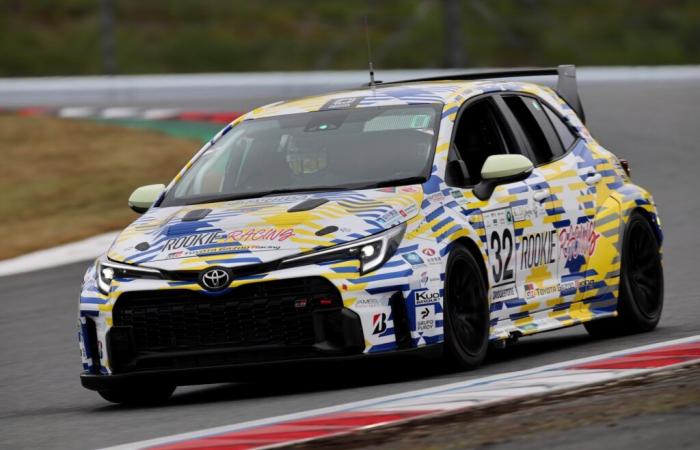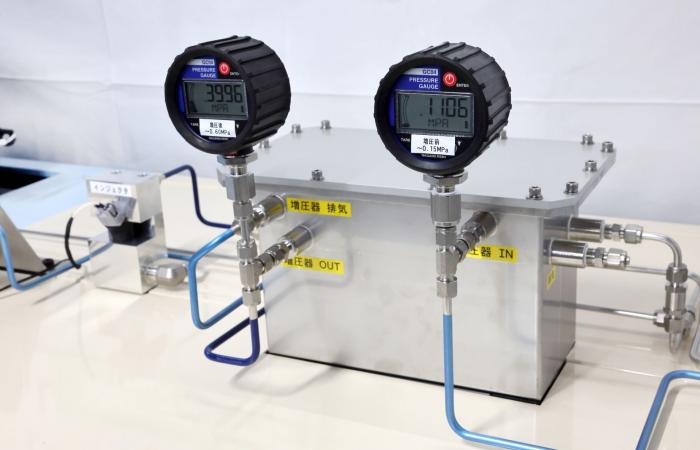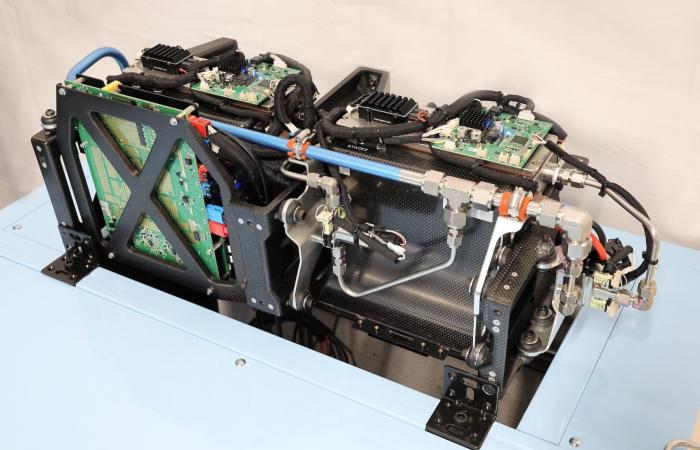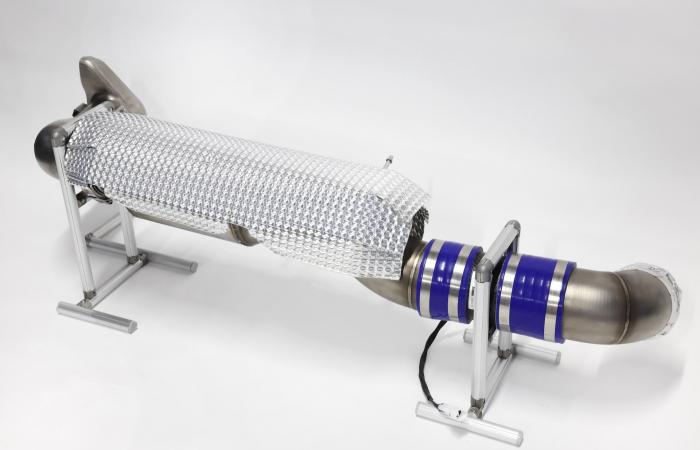If hydrogen should constitute the future of endurance at the highest level in the WEC and at the 24 Hours of Le Mans, the technology remains in development, with Toyota and Alpine having notably launched the first studies in recent months.
The Japanese manufacturer remains visibly the most advanced, with several racing experiments carried out in Super Taikyu, with its GR Corolla powered by liquid hydrogen, a solution which should be favored by the manufacturers involved in the near future.
Toyota has also made progress on the subject with the introduction of a concept including new features intended to improve the efficiency of the technology, around the evaporation of liquid hydrogen.
“This is a problem for all liquid hydrogen systems, where the liquid hydrogen stored in the tank evaporates due to natural heat entering from outside.explains Toyota. Until now, boil-off gas (vaporized hydrogen) generated in the tank during operation was released into the atmosphere without being used. »
The present system is composed as follows:
© Toyota
Thus, the development of a technology making it possible to produce reusable fuel by sending the boiling gas released by the liquid hydrogen in the tank to an auto-pressurizer (a device which increases the pressure without depending on external energy). The boiling gas can be converted back into usable hydrogen fuel for the engine by applying pressure, but increasing the pressure sufficiently usually requires energy such as electricity. The auto-pressurizer demonstrated at this event uses exhaust gas pressure to increase the pressure by two to four times and produce reusable fuel without using additional energy.
© Toyota
However, during gas pressurization, a certain quantity remains released. This gas is then introduced into a fuel cell device (called FC stack) developed by Toyota, and the hydrogen undergoes a chemical reaction to produce electricity. The electricity produced can be used to power parts such as the liquid hydrogen pump motor. If the project is completed, it will be possible to produce electricity equivalent to the amount generated by the alternator from exhaust gases, which will improve energy efficiency.
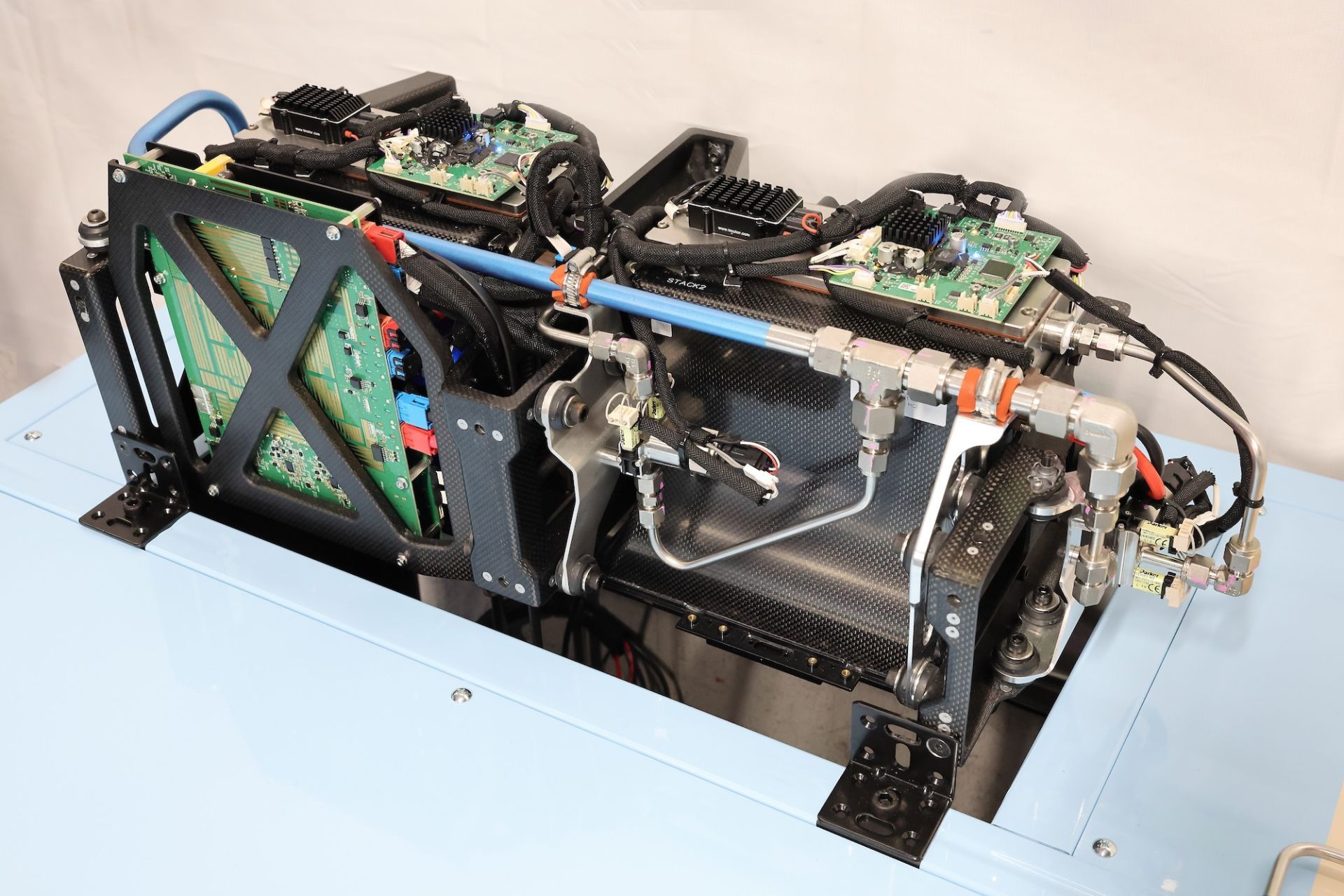
© Toyota
Finally, the exhaust gas that is not used in the process described above is converted into water vapor using a catalyst and safely discharged.
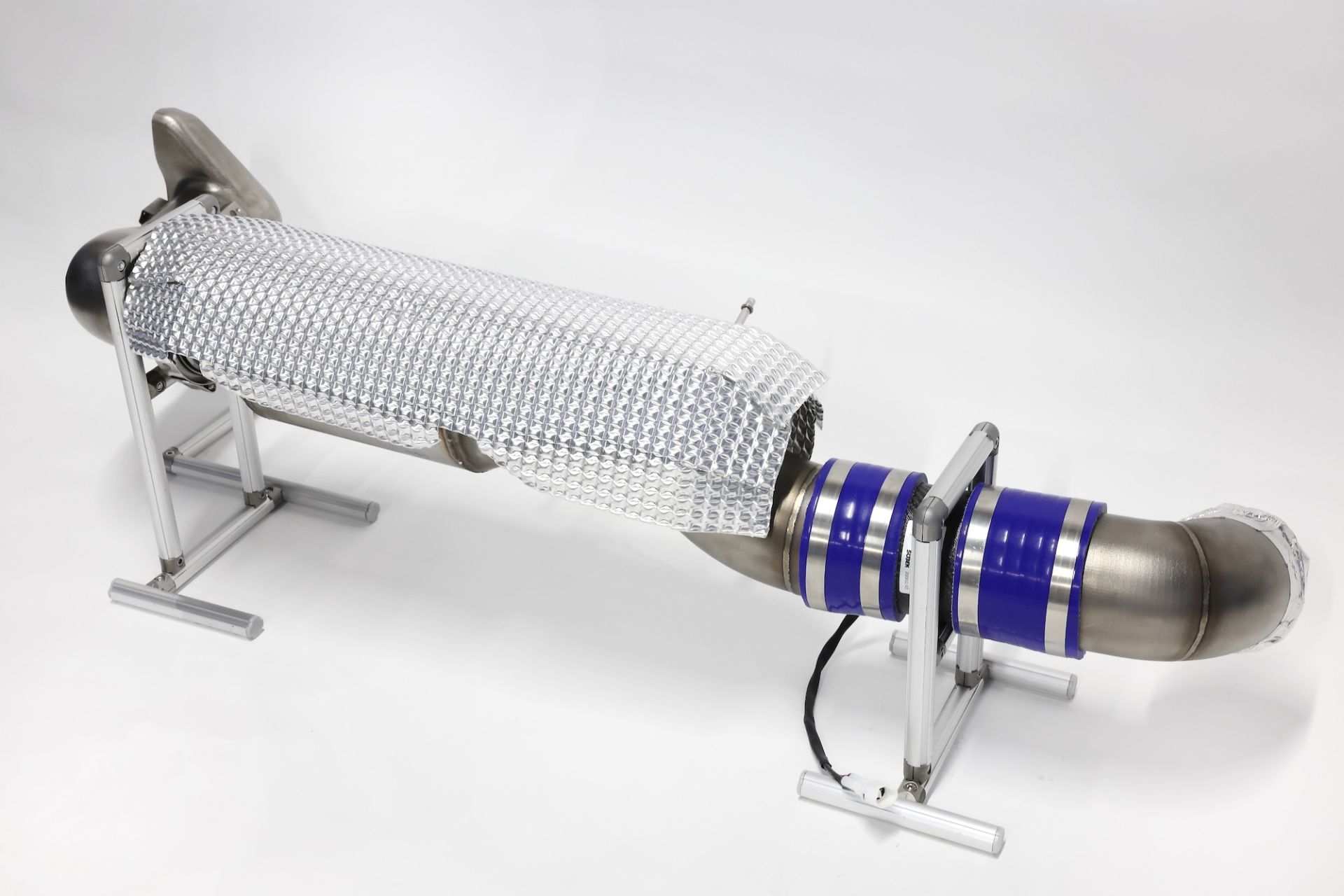
© Toyota
The brand is therefore looking for partners to implement these solutions.
Business

